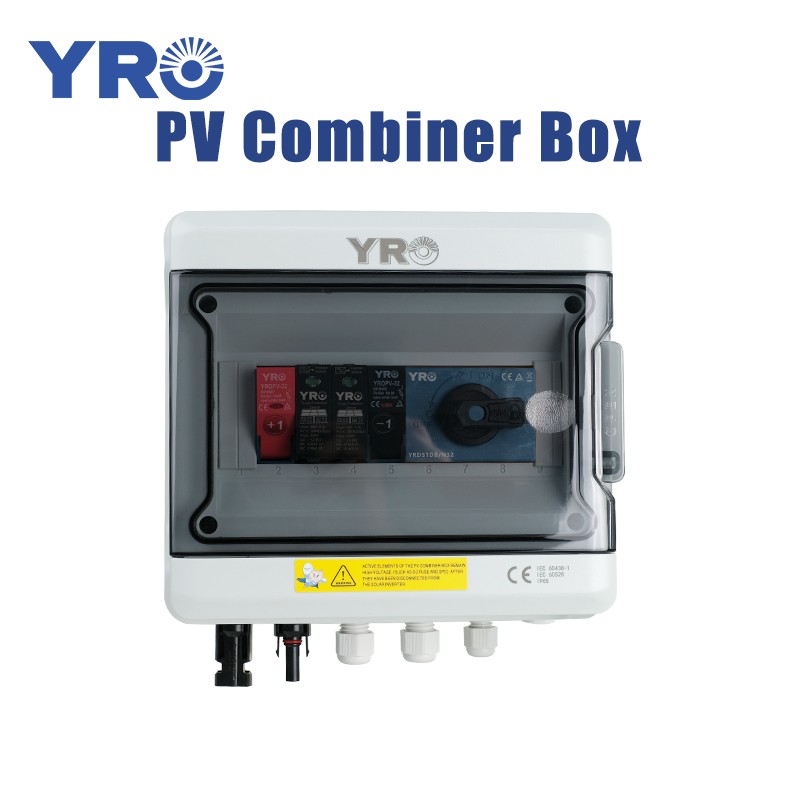The working principles of Solar Distribution Box
2025-04-25
A Solar Distribution Box (also called a DCDB – Direct Current Distribution Box or ACDB – Alternating Current Distribution Box) is a key component in solar power systems. It serves as a control and protection unit between solar panels and the inverter, or between the inverter and the load/grid. Here's a breakdown of how it works:
Working Principles of a Solar Distribution Box
There are two types, each with specific roles:
1. DCDB – Direct Current Distribution Box
Purpose:
Collects DC power from multiple solar panel strings
Protects the system from overcurrent, short circuits, and surges
Routes safe DC power to the inverter
Main Components:
MC4 connectors / terminal blocks – Input connections from solar panel strings
DC MCBs (Miniature Circuit Breakers) – Protect against overcurrent
DC Fuse holders – Extra layer of overcurrent protection
SPD (Surge Protection Device) – Protects from lightning or surge voltage
DC isolator switch – For manual shutdown during maintenance
Working Principle:
Solar panels produce DC power.
Power from each string enters the DCDB.
MCBs/fuses protect each string.
SPD handles any voltage spikes.
The combined and protected DC output is sent to the solar inverter.

2. ACDB – Alternating Current Distribution Box
Purpose:
Handles AC power output from the inverter
Distributes power to load or the grid
Protects AC side of the system
Main Components:
AC MCBs/MCCBs – Overcurrent protection
SPD – Surge protection on the AC side
Energy meter (optional) – Monitors power output
AC isolator switch – Manual disconnection
Working Principle:
The inverter converts DC to AC.
The AC output is routed to the ACDB.
MCBs and SPDs protect the circuit.
AC power is then distributed to the load or exported to the grid.
Why They Matter
Safety: Prevents damage to expensive equipment
Efficiency: Centralizes control and troubleshooting
Compliance: Meets electrical standards and ensures proper disconnection during faults or maintenance
If you are interested in our products or have any questions, please feel free to contact us.